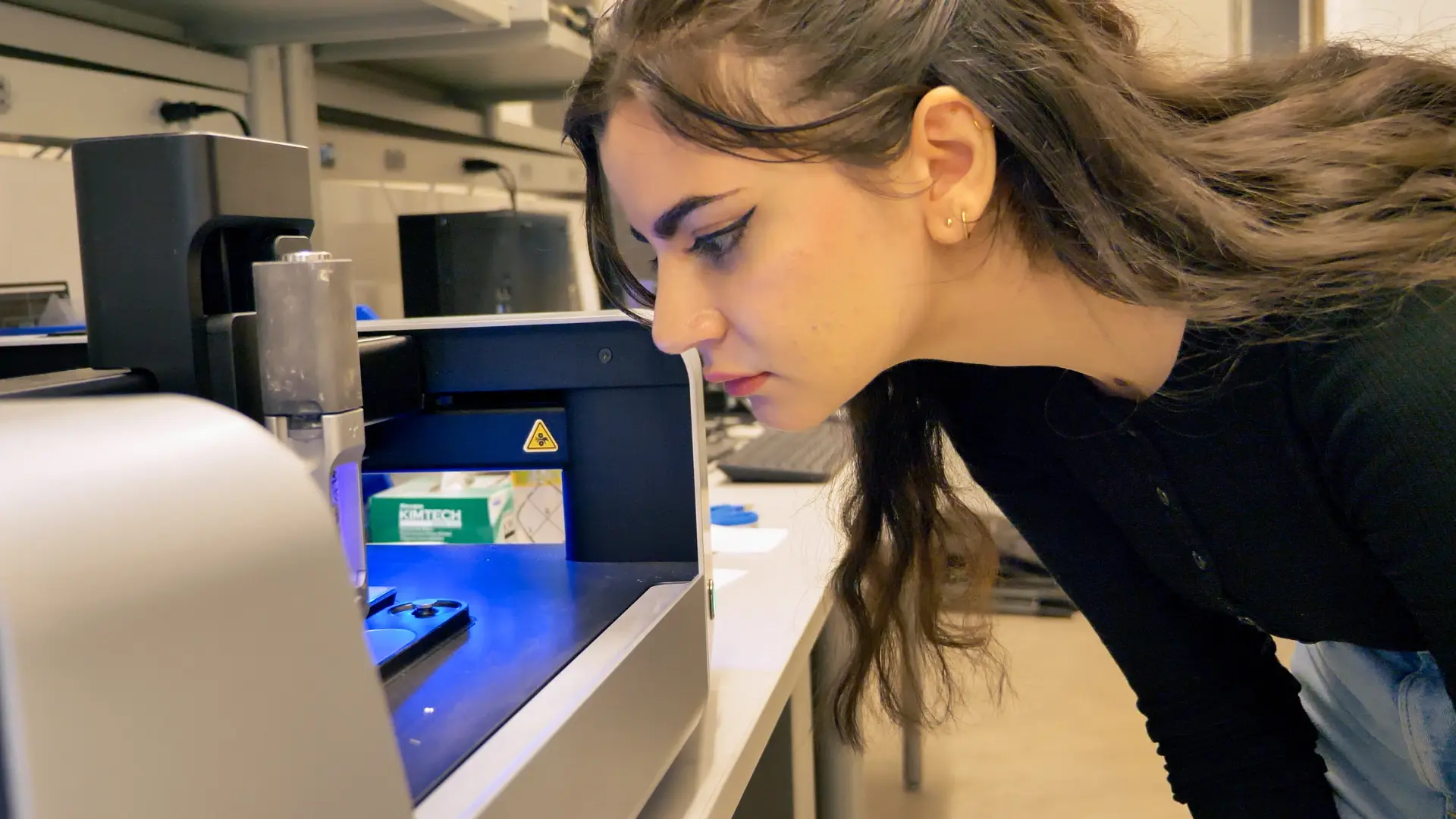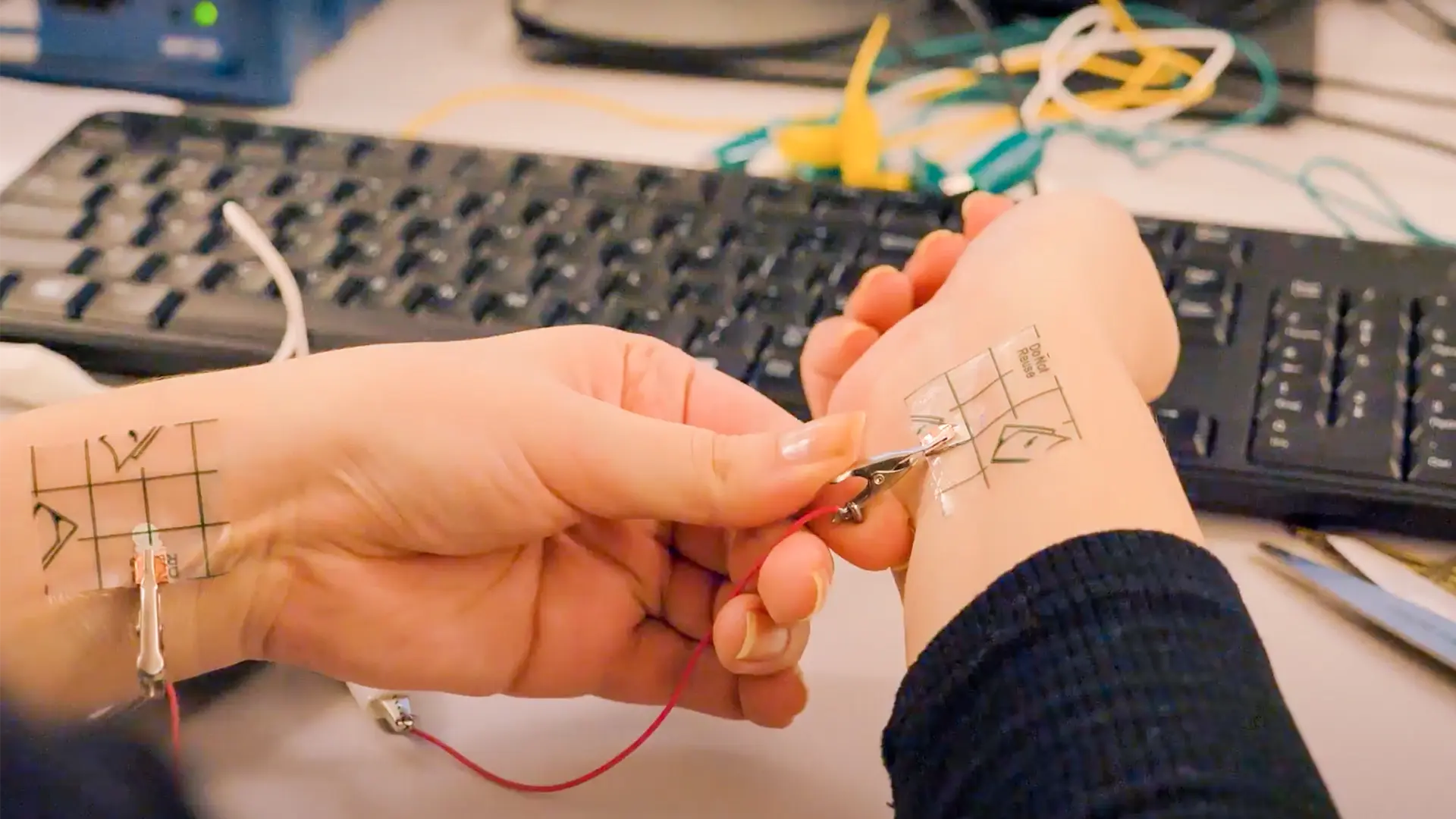What Is Viscosity?
Today we’re talking about viscosity, which you were probably introduced to fairly early in life, but let’s refresh your memory and discuss viscosity in the context of conductive ink.
What is viscosity?
If you went to public school, you may vaguely remember a fun science experiment where you compared the fluid flow rate of liquids by pouring things like water, maple syrup, or honey down a smooth sloped surface (the sloped surface was probably a plastic Hilroy binder).
Through this experiment (whether you knew it at the time or not) you learned about viscosity — the measure of a fluid's resistance to flow. The higher the viscosity, the more friction there is between the molecules in a fluid, and the slower it flows.
In your elementary school experiment, you would have discovered that water flows more quickly than maple syrup, and honey is by far the slowest. That’s because at room temperature the viscosity of water is 1 cP, the viscosity of maple syrup is about 200 cP, and the viscosity of honey is 10,000 cP (10 kcP).
SciSnack: Viscosity can be measured in a variety of units, with the most common being centipoise (cP) — a centimeter-gram-second unit for measuring dynamic viscosity. Higher viscosity fluids are often converted to kilocentipoise (kcP) or pascal-seconds (Pa·s).
1000 cP = 1 kcP = 1 Pa·s
A pascal-second (Pa·s) is a derived metric SI (System International) measurement unit of dynamic viscosity. Pa·s is equivalent to N × s ÷ m2 or kg/m/s.
Why viscosity matters in printed electronics
Printed electronics uses conductive inks that come in a broad range of viscosities for manufacturing traditional electronics as well as flexible hybrid electronics (FHE). The viscosity of an ink plays a major role in the printing technology you should use.
Different ink viscosities are compatible with different substrates and printing technologies, so there are many factors to consider when you’re choosing the most appropriate materials and technologies for your project.
We caught up with Matt Ewertowski, Product Manager here at Voltera and one of our resident materials science wizards to see what he had to say.
"What the novice really needs to know when they’re looking at a data sheet is: can I use this ink with the printing technology I plan to use? When you’re choosing an ink, you first need to understand what you’re trying to do, so you can pick the most appropriate ink for your project. For example, you can’t use a high viscosity ink for printing with inkjet technology – it’s not compatible. Knowing the viscosity of your ink tells you which printing technology is appropriate,” he said.
Viscosity ranges for printing technology
So let’s take a look at conductive ink viscosity ranges for different printing technologies, from highest to lowest viscosity:
| Printing technology (kip and Pa·s) | Conductive ink viscosity range in cP | |
|---|---|---|
| Direct ink writing (V-One and NOVA) | 1000-200,000 cP / 1-200 kcP / 1-200 Pa·s | |
| Screen printing | 1000-100,000 cP | |
| Flexography | 1-250 cP / 0.001 kcP / 0.001 Pa·s | X |
| Gravure | 10-100 cP | |
| Inkjet | ~1 cP |
The V-One PCB printer and NOVA materials dispensing system both use direct ink writing (DIW) technology for PCB printing and FHE printing respectively, which is compatible with a broad viscosity range of conductive inks. There is one major advantage with this technology and therefore these viscosity ranges:
Scaling production
Prototyping using screen printing is expensive because you have to pay per screen — so each iteration costs you. Using DIW technology for rapid prototyping, you can iterate quickly and affordably. No tooling, or screens required!
BUT…
You can still take advantage of screen printing infrastructure when it comes time to scale. DIW materials are compatible with screen printing, so you can rest assured that your final iteration is one you can take all the way through to production.
This means you can iterate to your heart’s content and perfect your prototype design, and then easily transition to screen printing for high-volume production.
NOVA is our newest brainchild, designed to push the limits of FHE. If you’re interested in learning more about it, book a meeting with one of our technical representatives.
How does ink composition affect viscosity?
Conductive inks have two major parts, the filler and the vehicle:
- The filler is the conductive part — typically metal particles — which gives your ink its electrical properties.
- The vehicle is everything else — the binders, dispersants, solvents, and additives — which are needed to:
- suspend your particles.
- allow the ink to flow and dry.
- give the ink structural stability, flexibility, and other optimizing properties.
Screen printing, for example, necessitates high viscosity inks. These have a higher metal content, which generally means that an ink is more conductive. Screen printing inks can have up to 80% filler (usually silver), making them highly viscous and highly conductive.
Inkjet uses low viscosity, water-like inks. These usually contain a lower metal content of 10-20% filler, and the remainder is solvent. Due to the lower metal content and the thin layer of material, the lower viscosity inks tend to be less conductive and prone to breakage when cured.
Factors to consider
Many things can affect the viscosity of conductive inks, including a phenomenon called thixotropy — where the viscosity of a fluid changes under stress. In DIW printing, when you shear conductive inks, the viscosity drops and takes time to recover. This can cause agglomeration of particles and lead to nozzle clogging — which is a bad time.
To address the challenges of thixotropy, the team at Voltera have used their ingenuity to design positive displacement DIW tools that are able to use high viscosity ink and compensate for the thixotropic nature of the ink itself. A lot of scientific gumption has gone on behind the scenes to make this happen.
SciSnack: Viscosity is part of a whole fascinating branch of physics called rheology – the study of how things flow. If you want to nerd out and go down the rheology rabbit hole, this is a good place to start.
Choosing an ink
There is a lot to consider when you’re choosing an appropriate ink for your project, but you don’t have to be a science wizard to make informed choices. Just be sure to consider the viscosity of the ink when you’re assessing compatibility with printing technologies and substrates.
If you still have questions, reach out and talk to one of our experts — and next time you’re pouring some deliciously viscous maple syrup on your pancakes, we hope you’ll think of us!
Until next time…
The Voltera Team
P.S. Was this blog post helpful? Is there a different topic you’d like to learn more about? Let us know! We love answering questions, sharing knowledge, and helping to make the printed electronics industry more accessible to everyone.

Check out our Customer Stories
Take a closer look at what our customers are doing in the industry.
